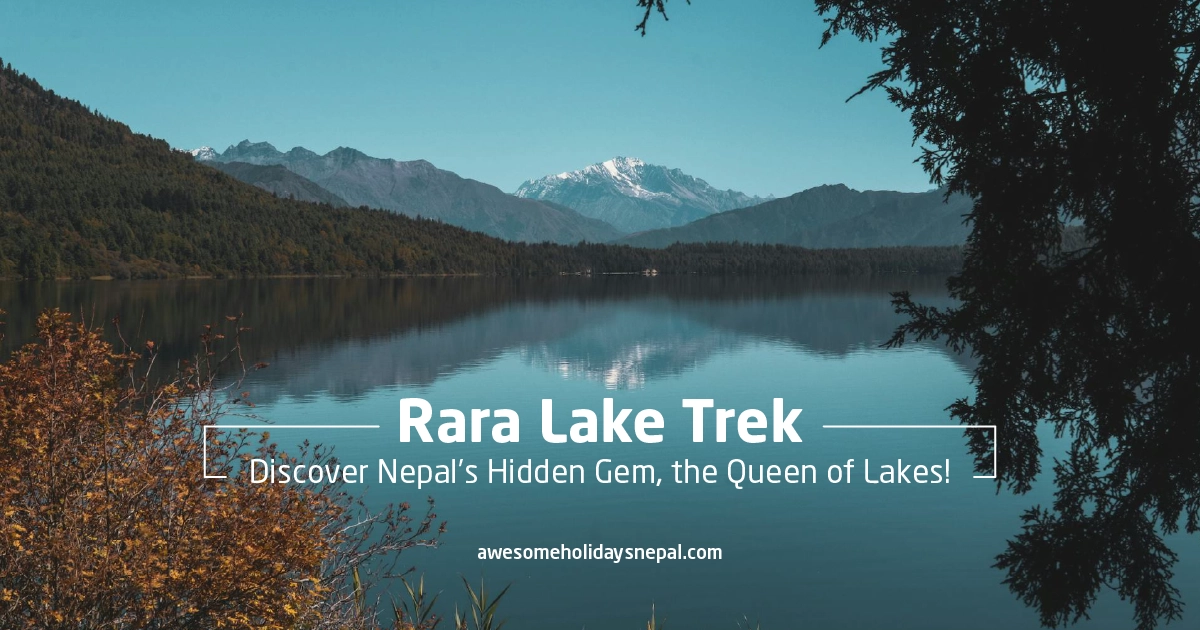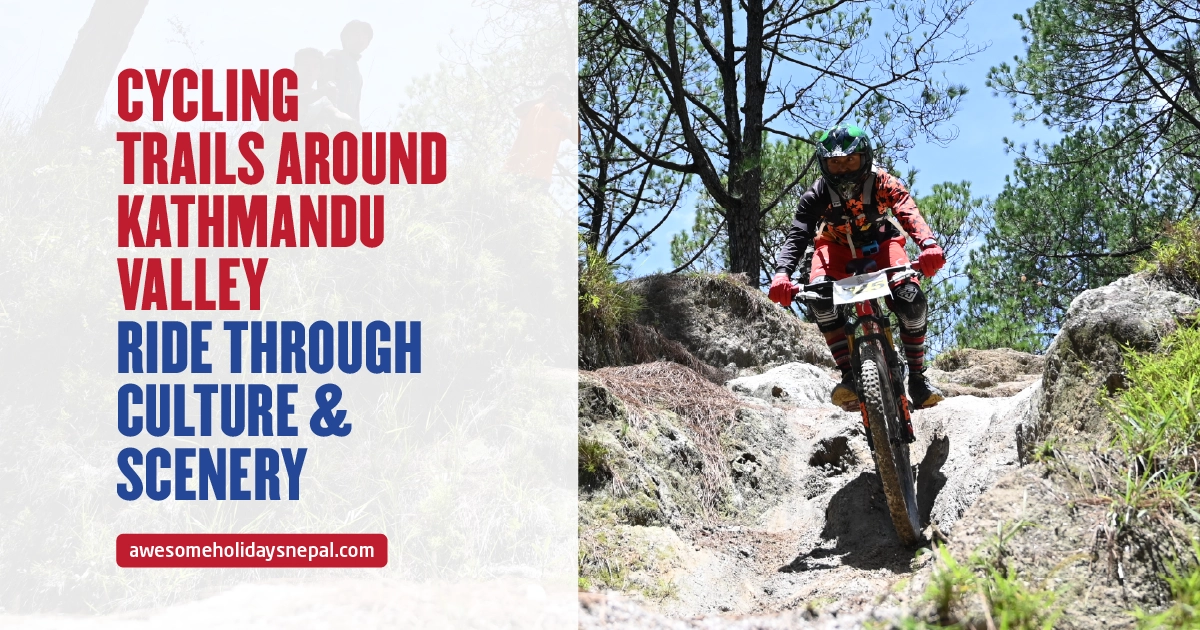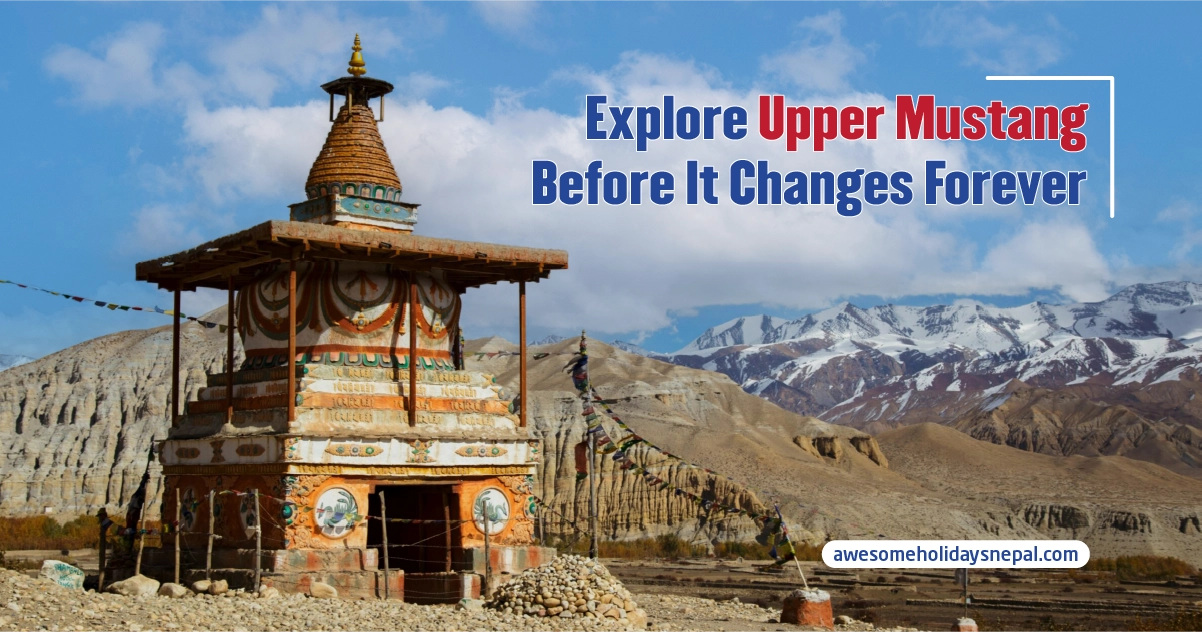Everything You Need to Know about Annapurna Base Camp Trek
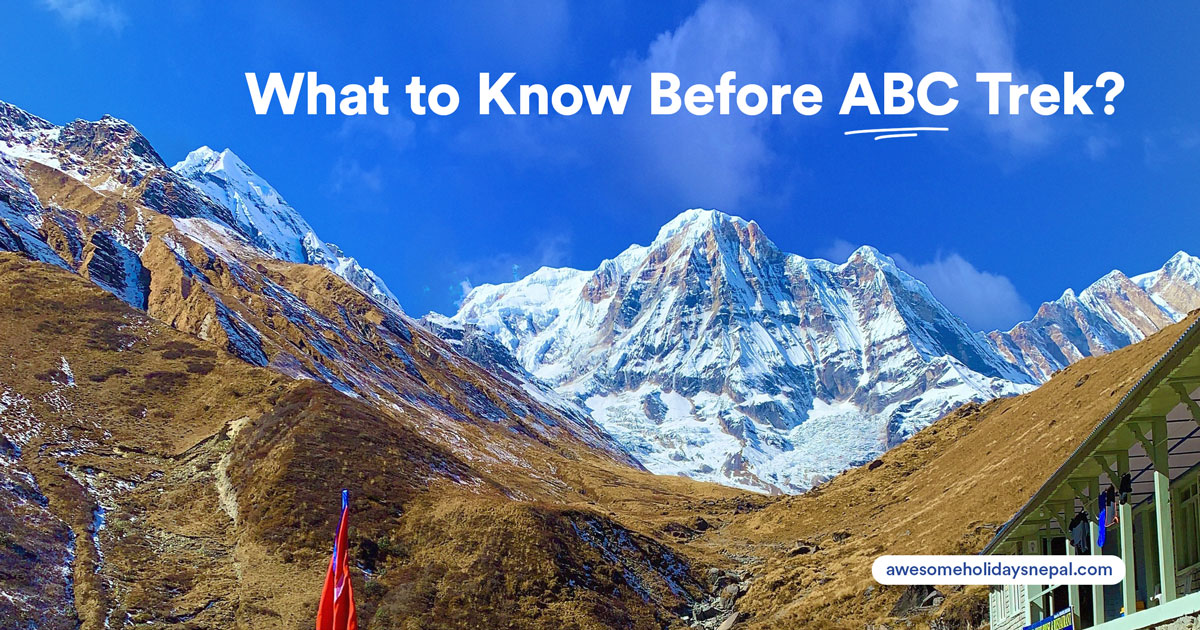
The Annapurna Base Camp (ABC) Trek is one of Nepal’s most exciting trekking adventures. It is indeed a center of attraction for adventurers around the globe. But are you aware of everything you need to know about Annapurna Base Camp trek.
ABC trek is an ideal trek for someone seeking a moderately challenging trip, yet it gives a rewarding experience with the perfect balance of natural beauty, adventure, and cultural immersion.
Whether you’re a seasoned trekker or setting out on your first Himalayan adventure, the ABC trek has something for everyone. From panoramic views of the Annapurna Massif to the serene beauty of Gurung villages, this journey is bound to leave you amazed.
So, here’s everything you need to know about the Annapurna Base Camp Trek to prepare for this unforgettable trek.
Mount Annapurna
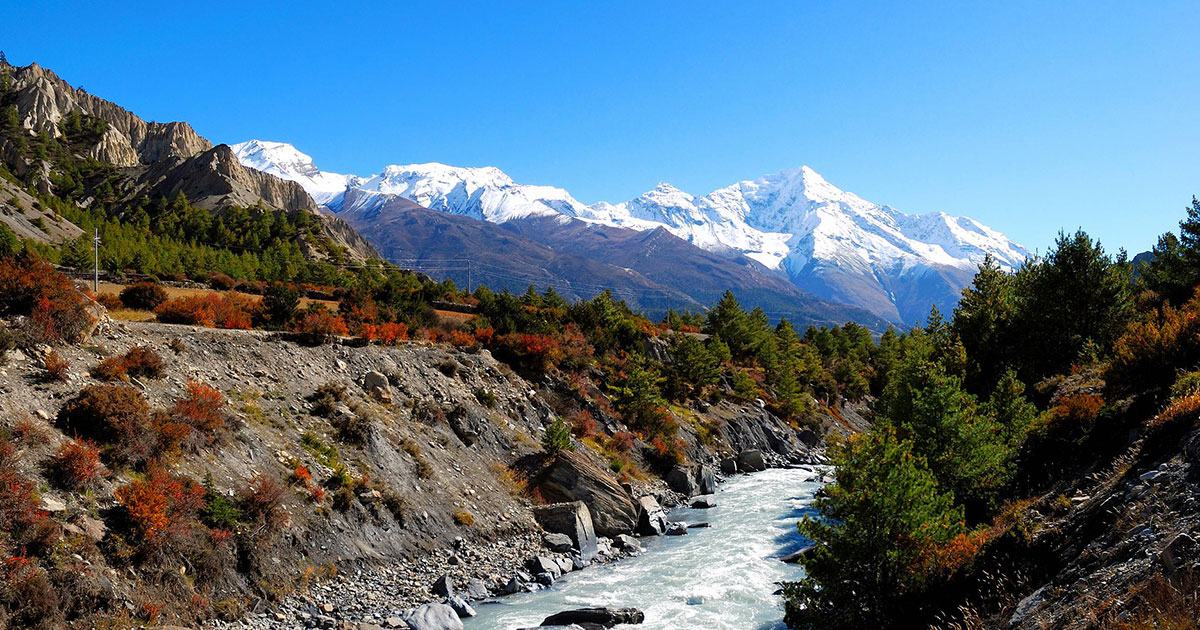
The 8,091-meter-tall Annapurna I, the tenth-highest peak in the world, dominates the Mount Annapurna Massif, which is made up of an astounding array of summits, including 13 above 7,000 meters and 16 more over 6,000 meters, all crammed within a 55-kilometer area. The stunning Kali Gandaki Gorge, the deepest on Earth, and the Marshyangdi River flank this enormous range, while the verdant Pokhara Valley stretches to the south. Annapurna is named after the Hindu goddess of sustenance and nourishment.
Trekking here requires consideration for altitude; acclimatization is crucial because oxygen levels drop to half of sea level at Thorong La Pass (5,416m). The high-altitude cold, which may range from -20°C in the winter to below-freezing even in the summer at the peaks, necessitates preparedness even though the terrain isn’t particularly demanding.
Everything You Need to Know about Annapurna Base Camp Trek
Here we have listed out everything you need to know about Annapurna Base Camp Trek: –
Annapurna Base Camp
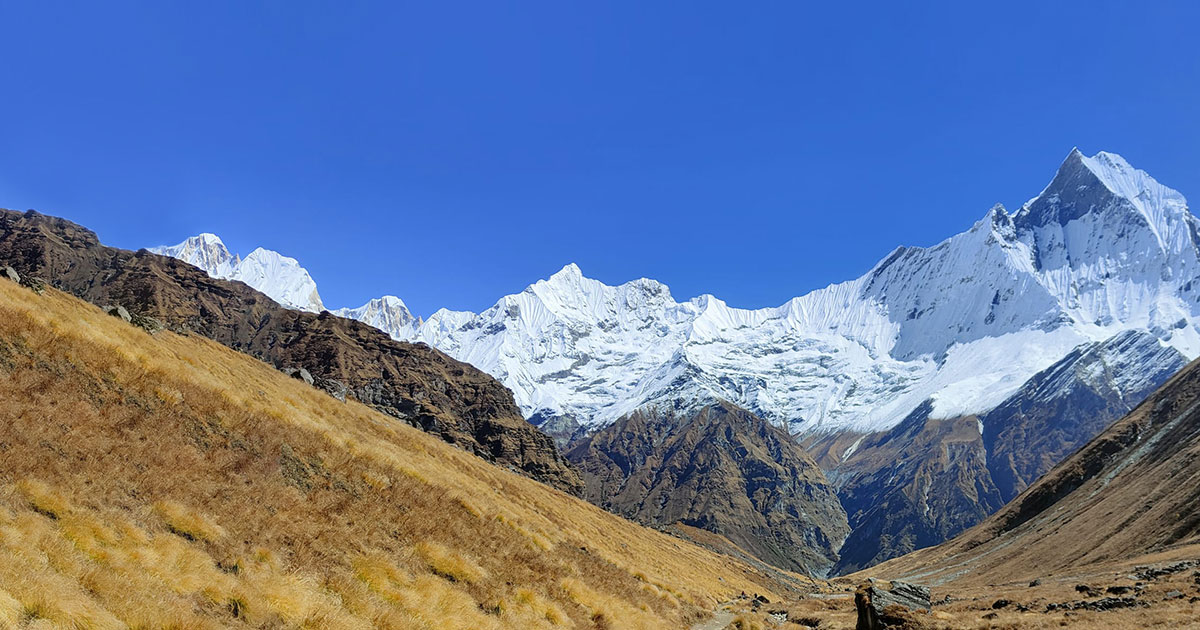
It is located in the center of the Annapurna Sanctuary at an elevation of 4,130 meters (13,549 feet). You are able to experience breathtaking views of some of the tallest mountains globally. The hike leads you through vibrant rhododendron forests, terraced farmland, and alpine meadows, enveloped by majestic peaks such as Machapuchare (Fishtail), Hiunchuli, and Annapurna I, the 10th highest mountain worldwide at 8,091 meters.
The path offers a cultural experience, winding through traditional Gurung and Magar communities. You will encounter Nepal’s rich culture, warm hospitality, and regional dishes throughout the journey.
Why Annapurna Base Camp Trek?
The Annapurna Base Camp trek is a classic Himalayan adventure that takes you close to nature. It offers a perfect amalgamation of nature’s beauty, personal achievement, and cultural immersion. You pass lush green forests, rugged mountains, vibrant rural villages, cascading waterfalls, and more.
As you step onto the base camp, you’ll be welcomed by the towering Annapurna peaks. This is an emotional and spiritual experience. It’s a trek that challenges you but rewards you tenfold.
ABC Trek Key Attractions
- Majestic view of the Annapurna Mountain Ranges and the virgin Machhapuchhre mountain.
- Rich biodiversity of the Annapurna Conservation Area.
- Magnificent Sunrise View from Ghorepani, Poon Hill, with panoramic vistas of Dhaulagiri and Annapurna ranges.
- Experience a soothing dip into the natural hot springs at Jhinu Dada.
- Trekking through diverse landscapes, from terraced fields to dense rhododendron forests
- Scenic villages like Ghorepani, Tadapani, and Chhomrong.
- Unique cultural experience of the ethnic Gurung culture and the Gurung Museum at Ghandruk.
- A serene evening at the Lakeside of Fewa Lake in Pokhara.
Everything You Need to Know Before Annapurna Base Camp Trek: Trek Difficulty
The ABC trek is categorized as moderately challenging, making it accessible to most people with a reasonable level of fitness. Here are the main factors influencing its difficulty:
1. Altitude
Altitude sickness is a possible risk because the hike reaches a high altitude of 4,130 meters. Avoiding issues requires a slow ascent and proper acclimatization.
2. Trek Duration
It usually takes 7 to 11 days to complete the trek, depending on the terrain and your pace. Although shorter itineraries (5–7 days) are possible, the longer hiking hours may make them more physically taxing.
3. Distance and Daily Walks
You will have to walk for 6 to 8 hours per day to cover about 110 kilometers (68 miles) in total. It is advised that people who are not used to long-distance walking have some prior fitness training.
4. Terrain
The trail consists of severe climbs and descents, rocky roads, and stone steps. Even if the view is stunning, it takes agility and sure footing to navigate uneven terrain.
5. Weather
The weather can be unpredictable in the Annapurna region, especially at higher altitudes. There might be sudden changes in weather, so you need to be updated on the weather conditions, as the nights can get extremely cold. The best time to go on an ABC trek is during the spring season (March-May) and autumn season (September-November), as the trekking conditions are best during this period.
Everything to You Need to Know Before Annapurna Base Camp Trek: Packing List
Preparing for the Annapurna Base Camp trek requires thoughtful packing to ensure you have everything you need for a smooth and enjoyable journey. From permits and gear to snacks and cash, each item plays a crucial role in making your adventure safe and comfortable. Here’s a detailed breakdown of the essentials.
Permits
Two essential permissions are required before you may begin hiking: the Trekkers’ Information Management System (TIMS) Card and the Annapurna Conservation Area Permit (ACAP). Anyone trekking in the Annapurna region must have them.
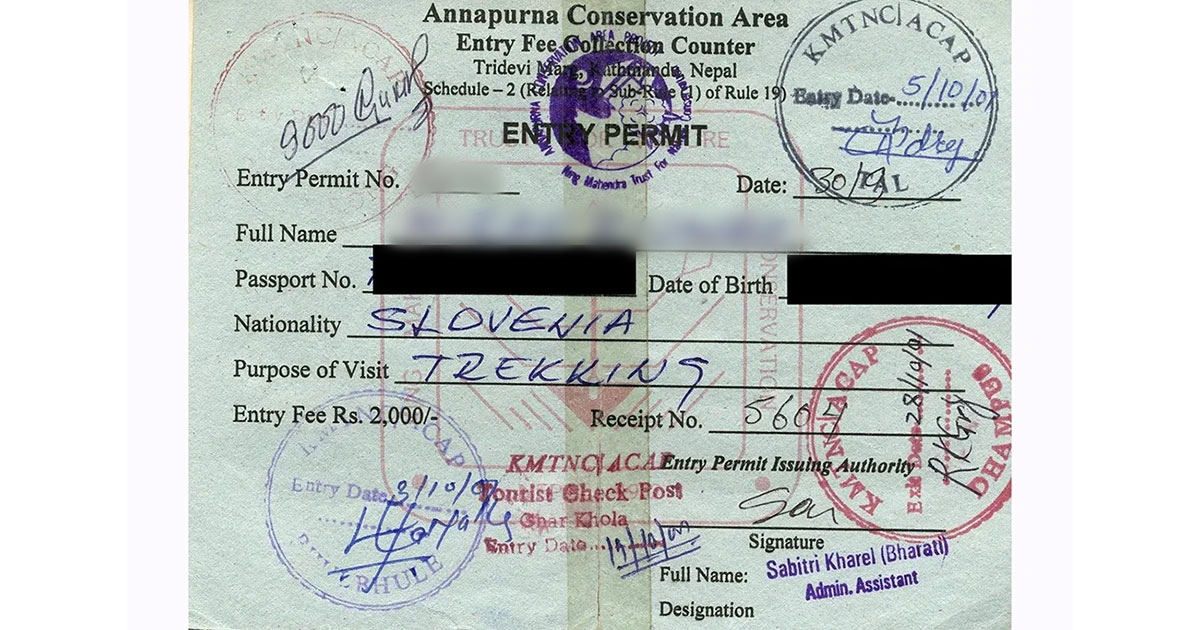
While the TIMS card tracks hikers’ movements to ensure their safety, the ACAP helps pay for conservation work and area maintenance. Make sure to have these permissions available before beginning your trek, since they can be readily obtained in Kathmandu or Pokhara.
Gear
Purchasing the appropriate equipment is crucial for a hassle-free and enjoyable walk. To prevent blisters, start with a pair of hiking boots that are durable and well broken in. For the chilly evenings, bring thermals, a down jacket, and other insulated apparel because layering is essential to remaining warm.
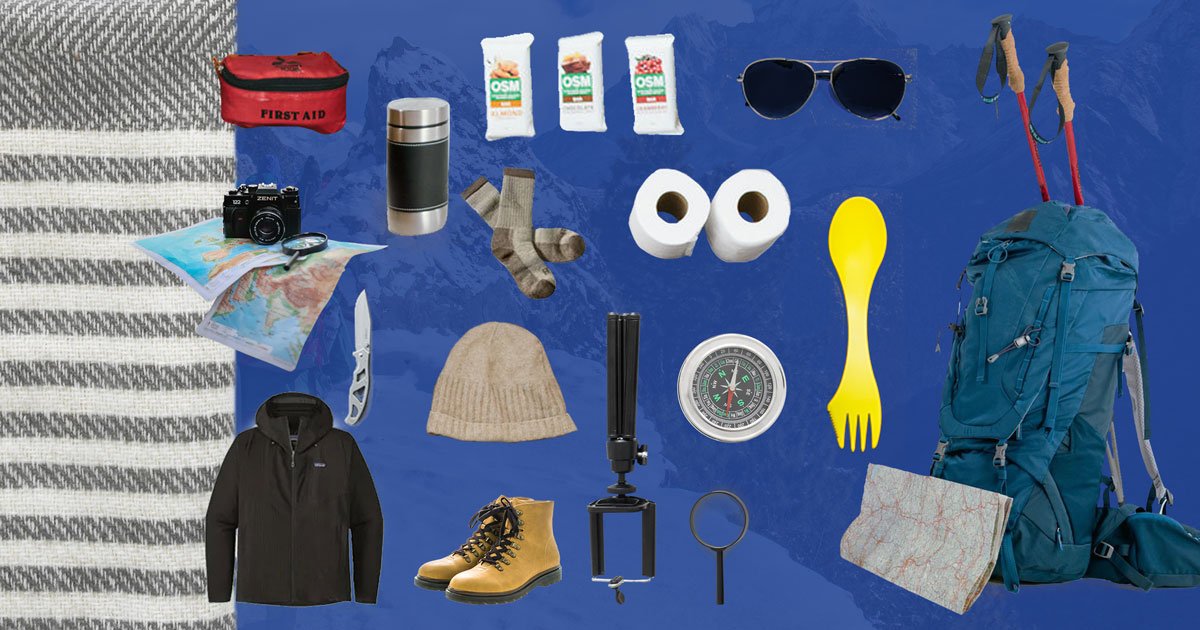
Additionally, because the weather in the mountains can be unpredictable, waterproof rain clothing and backpack covers are essential. Since teahouses can get cold at night, it is strongly advised to have a high-quality sleeping bag, particularly if you are trekking during the cooler months.
Furthermore, useful for negotiating high climbs and descents, trekking poles help ease the strain on your knees.
Health and Medications
A basic level of health-related readiness is required when trekking in the Himalayas. Keep a personal first aid kit with you that is filled with necessities like painkillers, bandages, and antiseptic.
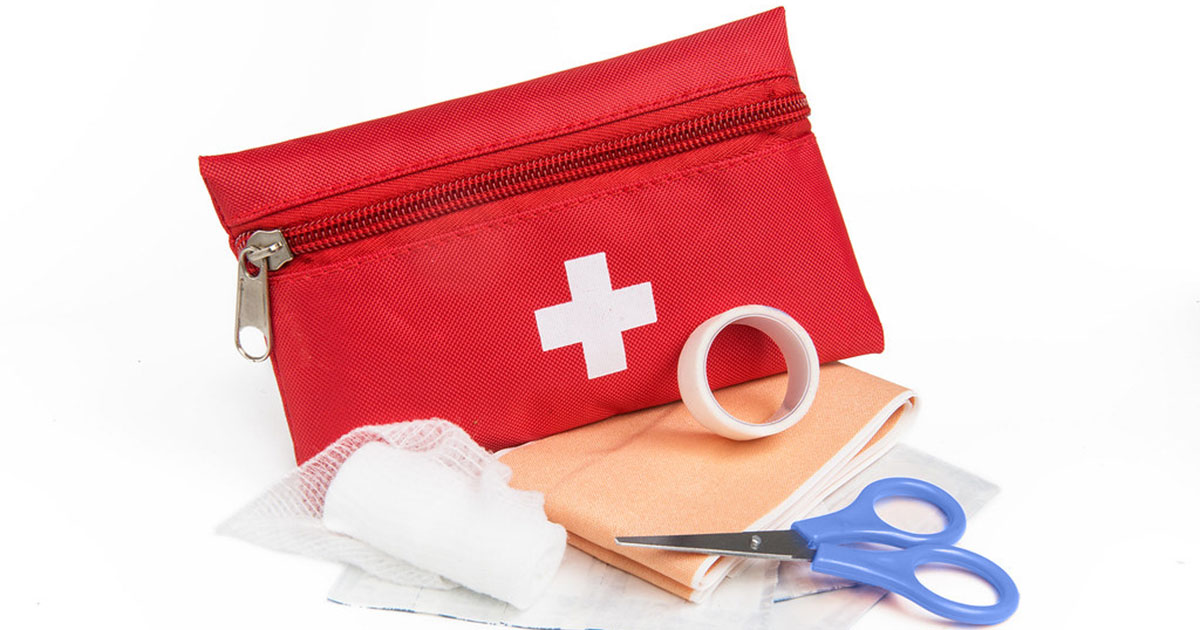
Diamox, a drug for altitude sickness, is essential for reducing the negative effects of high altitude. Bring any prescription drugs or dietary supplements you might need as well. Having things on hand is preferable to depending on locating them in far-flung locations.
Snacks and Hydration
Keeping your energy levels up is vital during long days of trekking. Pack high-calorie, lightweight snacks such as energy bars, nuts, chocolates, and dried fruits. These will come in handy during breaks or when you need a quick boost of energy on the trail.
Hydration is equally important, so carry a reusable water bottle with a built-in filter or water purification tablets. Safe drinking water may not always be readily available, so being prepared is essential for staying hydrated.
Cash
While the modern conveniences of ATMs and digital payments are common in cities, remote trekking regions like Annapurna operate on cash. Carry enough Nepalese Rupees to cover expenses for meals, drinks, teahouse stays, and any extras like snacks or Wi-Fi access.
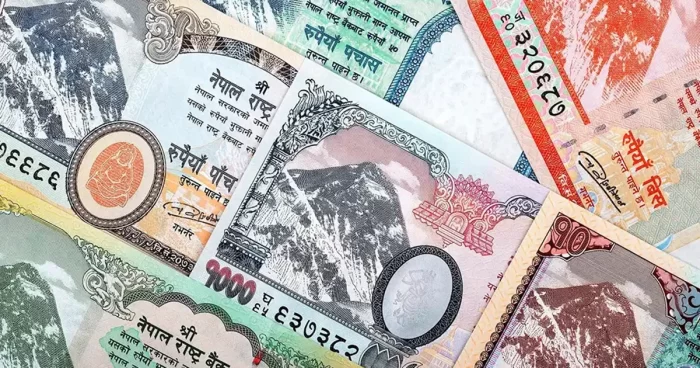
The amount you’ll need depends on the duration of your trek, but it’s always better to carry a bit more than you estimate, as there are no ATMs along the trail.
Accommodation and Meals
Along the trek, you’ll stay in teahouses—basic lodges offering warm meals, simple rooms, and sometimes Wi-Fi (for an extra fee). While the amenities are minimal, they’re cozy and provide a unique opportunity to interact with locals.
Meals include dal bhat (a traditional lentil dish), noodles, soups, and momos (dumplings). Vegetarian options are abundant and recommended for better hygiene.
Transportation
The trek typically begins in Pokhara, accessible by a 7-hour bus ride or a short flight from Kathmandu. From Pokhara, you’ll take a vehicle to the trailhead, usually Kimche or Nayapul, where the walking begins.
Preparation for the Annapurna Base Camp Trek
Physical Fitness
We all know that physical fitness is best for any trek. But there’s no need to be disheartened, you can go on the ABC trek even if you’re not a seasoned adventurer. You can go on the Annapurna Base Camp trek with some preparation.
So, one should focus on building stamina with proper cardiovascular exercises such as running, cycling, or stair climbing. You can also include strength and muscle training to improve your endurance, especially for your legs and core.
Mental Preparedness
Trekking in the Himalayas can be mentally taxing. Prepare yourself for long days of walking and unexpected challenges. Stay positive, take it one step at a time, and remember why you’re doing this trek—it’s worth every effort.
Acclimatization
Allow your body time to adjust to the altitude by including rest days in your itinerary. Stay hydrated, walk at a comfortable pace, and pay attention to symptoms of altitude sickness like headaches or nausea.
Tips for Tackling ABC Trek Challenges
- Take It Slow
- Stay Hydrated
- Pack Light
- Hire a Guide or Porter
- Respect Nature and Culture
Final Thoughts
The trek to Annapurna Base Camp is a journey through Nepal’s stunning landscapes and a self-discovery as well. The Annapurna Base Camp Trek will leave you with memories to cherish for a lifetime. Here, in this article, we have outlined everything you need to know about the Annapurna Base Camp Trek. We hope that it will be helpful on your journey to the Annapurna Base Camp Trek.
If you’re thinking of going on an adventure, you should definitely go on the Annapurna Base Camp Trek. Annapurna is calling! So, pack your bags, lace up your boots, and go on an unforgettable journey.
FAQs
Expand AllWhen is the best time to trek to Annapurna Base Camp?
The best time to trek Annapurna Base Camp is during the Autumn and Spring seasons, as the climate is favorable, and the trekking route is rich in luscious greens. For a safe, memorable, and awesome experience, plan a trek between mid-September and November or March and June.
However, the trek is possible all around the year. As long as you can avoid rainstorms and sustain extreme temperatures, you can ascend during colder months to avoid the crowd.
What kind of fitness level is required?
To trek to the Annapurna Base Camp, you will require a moderate fitness level since you will walk at least 6-7 hours a day. You will also require good cardiovascular endurance and muscular strength to ascend quickly through rough terrain.
If you aren’t somebody who doesn’t perform physical training regularly, it is better to start training at least ¾ months in advance. Ensure you include cardio, flexibility exercises, and strength training in your workout to prepare your body for the trek.
However, for shorter treks such as Ghorepani Poon Hill, a basic fitness level is just fine.
What permits are required?
To trek through the Annapurna Base Camp, you will require two passes: the Annapurna Conservation Area Permit and the TIMS card. These passes can be obtained easily from the Tourism Board of Nepal.
What is the best way to train for the trek?
Some of the best ways to train for the trek are through regular cardio, focusing on breathing exercises, strength training, lifting weights, hamstring sketching exercises, and so on. You can also switch to climbing stairs instead of lifts, walking, or jogging instead of driving to smaller distances to prepare your body.
Additionally, going on regular hikes or climbing up the hills can be the best way to train for the trek.
Is it possible to trek solo?
It is possible to trek solo to the Annapurna Base camp. However, you must be prepared to adapt to the exciting yet exhilarating trek. You will need that additional physical and mental strength to trek solo to ABC.
A solo traveler must get the required documents to get the permit.
What kind of gear do I need?
To trek to Annapurna base camp, you will need lightweight and warmer clothing, trekking poles, hiking boots, headlamps, sleeping bags, sunglasses, toiletries, and solar batteries.
Is the trek physically demanding?
Yes, indeed! The trek to Annapurna Base Camp takes you to an elevation above 3000 meters where the temperature is low, oxygen is scarce, and the terrain is rough and risky. You must be physically fit and mentally composed to complete the trek successfully.
What is the weather like on the trek?
If you are trekking to the mountainous region above an elevation of 5000 meters, such as the Annapurna Base Camp, the weather can be quite unpredictable. Usually, the temperature is lower and can drop to freezing at night.
Besides, the higher elevation areas often have snowstorms, soft rains, and chilled breezes.
How do I deal with altitude sickness?
If you get altitude sickness on your way to the ABC, let your trekking guide know about the situation. The guides are prepared with first aid required for such a situation.
Rest at the same spot and take anti-sickness medications. After you feel a little better, descend to a lower altitude. In case the situation worsens, ask the guide to contact the head office in Kathmandu for a helicopter rescue.
What is the food like on the trek?
The guesthouses and teahouses primarily serve Nepali, Tibetan, Thakali, and other ethnic cuisine, which primarily includes Rice, Pulses, Bread, Noodles, Soup, Pasta, and Pastries. You will also have the option of drinks and continental cuisine.
What kind of accommodation is available?
While standard, three-star, and five-star accommodations are available in Kathmandu and Pokhara, the options might be restricted on the trekking route. Along the route, you will most likely find tea houses with clean rooms.
And yes, getting private rooms or rooms with attached bathrooms is possible, but you will have to pay an extra charge.
What currency should I carry?
For any personal expenses other than those offered by the trekking company, you will need Nepalese rupees for your trek. However, having some USD or your home currency as a backup for emergencies or returns is better.
Make sure to exchange your currencies for Nepali rupees in Kathmandu to find the best rates.
What is the trek route to ABC like?
The trekking route to the Annapurna Base Camp consists of rough rocky terrain, steep hills, stairs, and narrow trails. You will encounter suspension bridges, a biodiversity conservation area, luscious green forests, and locally inhabited villagers along your path.
Related blog posts
Discover a choice of tourist destinations loved by most of our visitors. Whether you're on a jungle safari to spot rare animals or walking through a world heritage site, these well-planned itineraries cover the major highlights of Nepal.


